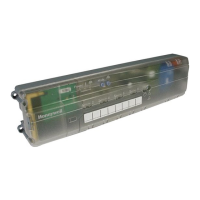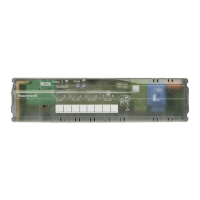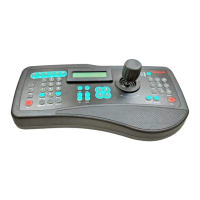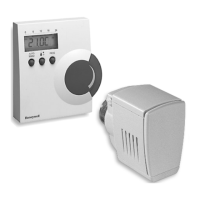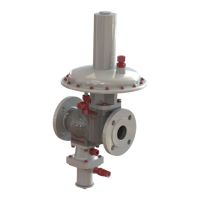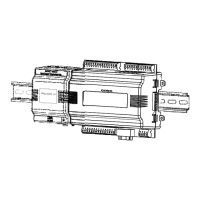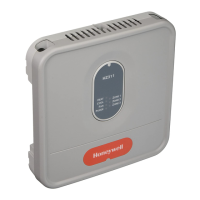Introduction - Purpose
Revision 6 HC900 Process & Safety Controller User and Installation Manual 1
21 April 2017
Introduction
Purpose
This publication describes the installation, operation, and maintenance of the Honeywell HC900 Process Controller.
This publication includes the following sections.
Model numbers, how to verify component compatibility, function description of
components, feature summary.
Components and
Architecture
Functional features and physical characteristics of the system and of each major
component of the HC900 Process Controller. Networking components and
methods of interconnection.
Pre-Installation
Planning
Pre-planning considerations and procedural guidelines for planning an installation.
Procedures for installing the major components of the system: controller rack, I/O
expansion racks, and communication interconnections.
I/O Module
Installation and
Wiring
Procedures for installing I/O modules in the controller rack and I/O expansion
racks, and for wiring field devices to the terminal block associated with each
I/O module.
Communications
Installation
Guidelines for installing RS-232, RS-485 to USB cable, RS-485, and Ethernet
cabling and associated components.
Operating
Characteristics
Characteristics of the HC900 Process Controller as they relate to configuration of
a control strategy, and to operation of an installed and running system.
Redundant
Operating
Characteristics
Characteristics of redundant operation.
Diagnostics and
Troubleshooting
Mechanisms that detect and react to faults in the operation of HC900 Process
Controller hardware and/or software components.
Hardware configuration required for calibrating AI and AO modules from the
configuration software.
Removal and
Replacement
Procedures
Guidelines for replacing system components; includes Cautions and Warnings as
applicable.
Details of HC900 Process Controller design and functioning.
Appendix -
Installation of
Remote
Termination Panels
(RTPs)
The Remote Termination Panel (RTP) provides an easy way to connect the
HC900 controller to the field wiring. The RTP integrates some of the typical
externally connected components, reducing wiring and setup time. It also
minimizes the need for multiple wires under a single screw connection by
expanding the connectivity of the shared terminals of the I/O modules.
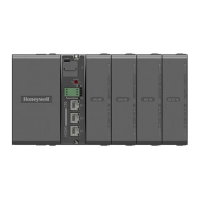
